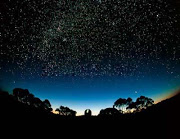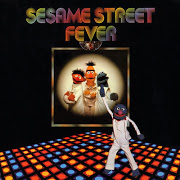Gordon Lightfoot: The Wreck of the Edmund Fitzgerald
[purchase]
I have enjoyed all of the hit songs I have heard by Gordon Lightfoot, but many have a 1970s commercial sheen in the production that has kept me from exploring his work further. My research for this post has me rethinking that position. Certainly, from the sound of the song, you can tell that this was released on a major label. There are no quirks or mistakes that can either ruin or give an intimate and personal quality to an independent recording. Still, The Wreck of the Edmund Fitzgerald is a song whose haunting quality grabbed me when I first heard it when it is was new, and the years have not changed that. What I found in researching the song is that many artists have tried and failed to create a quality cover of the song. I found folk versions that overdo the subtlety and lose the song’s haunted sound as a result. I found punk and hard rock versions that lose the song’s empathy by overdoing the drama. And there are jam band versions that lose track of the song altogether. Also, Gordon Lightfoot’s words have power, so instrumental versions exist for no reason that I can understand.
Our new theme is True Stories, and yes, there was a wreck of a ship called the Edmund Fitzgerald. Over the next two weeks, we may hear songs on happier topics, but some of the greatest tragedies in history have inspired great songs, so I am sure there will be more of those as well. The Edmund Fitzgerald sank, with all 29 hands lost, on November 10, 1975. You can find a great account of the incident here. Newsweek had a report of the wreck in their issue of November 24 that year, in which they misspelled the name of the ship, as the Edmond Fitzgerald. Gordon Lightfoot has said interviews that he felt this dishonored the men who died in the wreck and that this was why he wrote the song. The song must have come to him almost fully formed, because he recorded it in December of the same year. Lightfoot spelled the name of the ship correctly, but the song scanned and rhymed better when he changed the ship’s destination from Detroit to Cleveland. The old cook in the song was a Lightfoot invention, and some of the dialog in the song was not part of any official record. But the bottom line is this: Lightfoot’s song is the reason the wreck of the Edmund Fitzgerald is still remembered today, forty years later. And as popular as the original song was, no one has had even a minor hit with a cover in all these years. You have only to think of all of the other hits that have been covers in that time to realize how remarkable that is.




























































































































































































































































